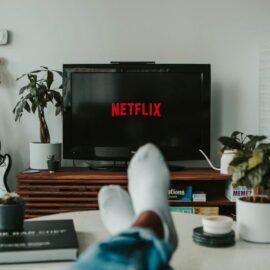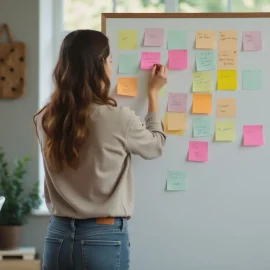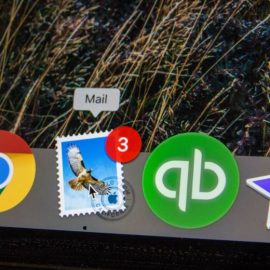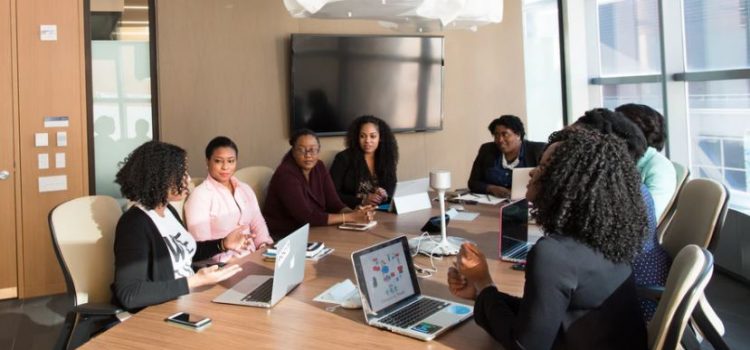
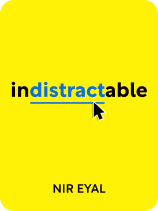
This article is an excerpt from the Shortform book guide to "Indistractable" by Nir Eyal. Shortform has the world's best summaries and analyses of books you should be reading.
Like this article? Sign up for a free trial here .
Do you often find yourself stuck in workplace meetings that feel like a waste of time? How can you organize your meetings so they cause traction rather than a distraction?
A lot of the time, workplace meetings pull you away from your productive work and force you to listen to unproductive conversations. But this doesn’t have to be the case.
Here is Nir Eyal’s advice on how to make workplace meetings more productive and efficient.
Pre-Meeting and Meeting
All too often, someone trying to escape the discomfort of solving a difficult problem by themselves will organize a meeting, so they can make other people think about the problem for them. These meetings interrupt employees’ schedules, and attendees who feel stuck in a boring and unproductive echo chamber of ideas around a problem will become distracted.
- For example, they might check social media if they’re bored or go through their emails if they want to feel productive.
Workplace meetings can create traction, not distraction if they’re organized in the interest of finding solutions rather than discussing the problem. There are two parts to this: the pre-meeting and the meeting.
Pre-Meeting: Adequately Prepare and Brainstorm
Both the meeting organizer and attendees have a pre-meeting responsibility:
- The meeting organizer should be required to send out a short agenda to attendees to outline the problem, propose the best solution they’ve thought of, and explain their reasoning. Sometimes, this step eliminates the need for a meeting—either it helps the organizer think through the problem herself or someone solves the problem via email.
- Attendees: After reading the meeting agenda, attendees should brainstorm solutions and come to the meeting with prepared ideas. This brainstorming should happen alone or in small groups—large groups tend to repeat the same ideas, but small groups often come up with diverse and innovative ideas.
These two steps make meetings much more productive and efficient—when people think about the problem ahead of time, the meeting can jump right into solutions.
Meeting: Cut Out Unnecessary Devices
A common problem in many meetings is that no one is paying attention—they’re checking their phones, sending emails, or doing work on their laptops. When attendees are only half-listening and half-participating, meetings become inefficient, boring, and unproductive. Put guidelines in place to minimize device use, such as:
- Asking that attendees take notes with pen and paper rather than on their devices
- Banning device use—put a charging station by the door and require everyone to plug their phone, tablet, or laptop for the duration of the meeting
- Having one person present slides on a projector instead of having everyone follow on their own devices

———End of Preview———
Like what you just read? Read the rest of the world's best book summary and analysis of Nir Eyal's "Indistractable" at Shortform .
Here's what you'll find in our full Indistractable summary :
- How to become indistractable in a world full of distractions
- Why your schedule should be based on your values instead of tasks
- How to start driving your life instead of letting its distractions drive you



